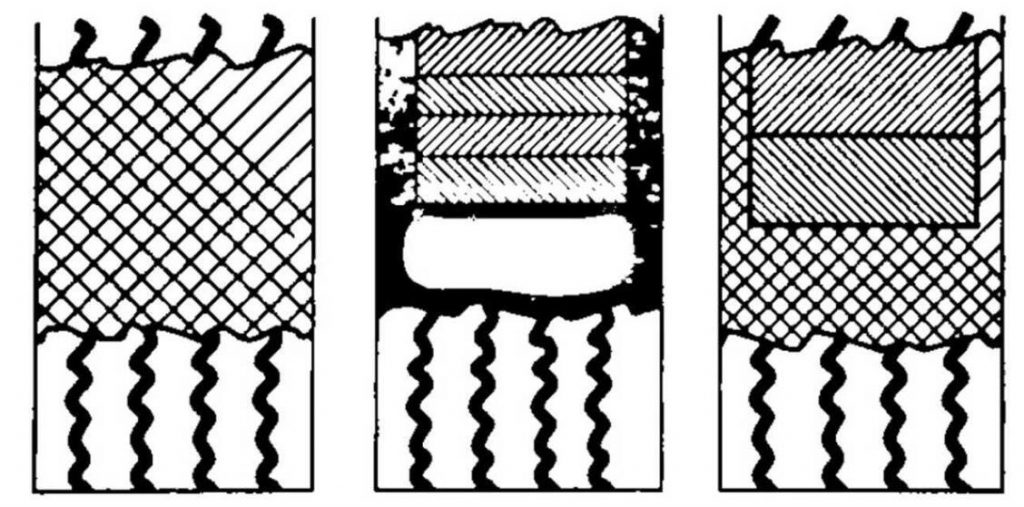Shape memory refers to the phenomenon that an object with a certain original shape is deformed after being deformed under external conditions, and then restored to the original shape under external conditions (for example, heating). For example, titanium-nickel alloy is a shape memory material widely used in technology and medical fields.
Rubber as a polymeric elastomer also has a specific shape memory function, but is quite different from the shape memory function of the alloy. It is based on the characteristic mechanical properties of rubber – elasticity, that is, the elasticity as the main content of memory. Elasticity is a property unique to rubber and not available in other materials. That is to say, under certain conditions, the elasticity is temporarily closed and frozen, and when necessary, the frozen is released by heating.
Crystallize to restore elasticity. This performance switching with an elastic-rigid-elastic process is the mechanism of the rubber shape memory function. For example, vinyl silicone rubber can be used as a shape memory material, and the above mechanism is used to prepare a heat shrinkable packaging material, which is an example of the earliest successful application of rubber.
(1) Performance requirements for materials
Shape memory rubber relies mainly on elasticity to achieve shape memory. It is necessary to obtain two components having elasticity and rigidity by blending or copolymerization by a specific process. Materials should have the following properties:
1 Easy to form thermoplastic;
2 under the action of external force (generally heating), deformation to rigidity;
3 After cooling, it can be locked in a rigid state;
4 When heated again, the locked rigid state can be released and restored (returned) to the elastic state.
(2) Requirements for materials
From a material perspective, shape memory rubber should have the following structure and function:
1 Both rigid and flexible segments, the former provides flexibility;
2 can form a network structure through physical or chemical crosslinking;
3 It should be locked in the crystalline state at normal temperature.
According to the above requirements, the shape memory rubber should have the characteristics of two phases (elastic amorphous phase and rigid crystalline phase). This structure is obtained by blending. The EPDM/PP blend is a typical shape memory rubber. Due to the wide variety of shape memory rubber products and their different properties, specific applications must be considered when selecting materials.
(3) Use
Shape memory rubbers are used in a variety of applications, such as electrical pipe connections, wire bundles, cable termination coatings, and roller outer coatings. Also used for medical purposes, such as splint fixing, strip fixing, etc. In addition, it is also widely used in daily necessities such as sealing packaging materials.
(4) Advantages and disadvantages
Rubber as a shape memory material has many advantages, such as light weight, insulation, and no rust.
The cost is low and it can be colored. These are all lacking in other shape memory materials. But there are also shortcomings, their shape memory is one-way, can only run once in one direction, but can not do the opposite. In other words, the memory function can only be used once, but not like the titanium alloy.
